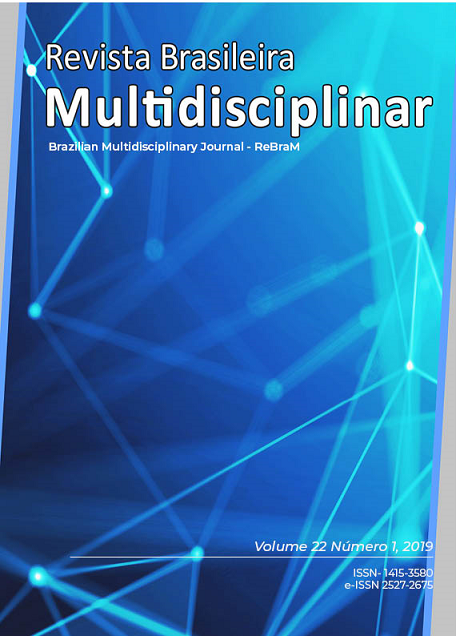Growth, development and productive aspects of strawberry submitted to inoculations with bacillus amyloliquefaciens, azospirillum brasilense and trichoderma asperellum with and without silicon association
Main Article Content
Abstract
The objective of this study was to evaluate the growth, development and productive aspects of strawberry plants submitted to inoculation of Azospirillum brasilense, Bacillus amyloliquefaciens and Trichoderma asperellum with and without association with Silicon (Si). The experimental design was randomized blocks, with eight treatments, three blocks, three replicates per treatment for each block. Growth and development evaluations were performed at 30 and 60 days after transplanting (DAT) of the seedlings. For the evaluations of the productive aspects, the ripe fruits collected were submitted to the physical-chemical analyzes. The dry biomass accumulation was determined by dry mass of the shoot (MSA), dry mass of the crown (MSC), dry mass of the roots (MSR) and total dry mass (MST). At 30 DAT, no significant difference was observed between treatments. At 60 DAT the treatments B. amyloliquefaciens (T3) and Si (T5) had the highest chlorophyll indexes (CI). The treatments T. asperellum and Si (T6), T3 and T5 presented the highest averages for MSA, whereas the T5 treatment had the highest mean for MSC and the T6 treatment presented the highest mean for MSR and MST. It was concluded that the treatments influenced the growth, development and accumulation of dry biomass in the strawberry, not having influence on the physical-chemical parameters of the fruits.
Downloads
Article Details
• The author (s) warrant that the contribution is original and unpublished and that it is not in the process of being evaluated in other journal (s);
• The journal is not responsible for the opinions, ideas and concepts issued in the texts, as they are the sole responsibility of the author (s);
• Publishers have the right to make textual adjustments and to adapt the article to the rules of publication.
Authors retain the copyright and grant the journal the right of first publication, with the work simultaneously licensed under the Creative Commons Attribution License, which allows the sharing of work with acknowledgment of authorship and initial publication in this journal.
Authors are authorized to take additional contracts separately, for non-exclusive distribution of the version of the work published in this journal (eg publish in institutional repository or as book chapter), with acknowledgment of authorship and initial publication in this journal.
Authors are allowed and encouraged to publish and distribute their work online (eg in institutional repositories or on their personal page) at any point before or during the editorial process, as this can generate productive changes as well as increase the impact and citation of the published work (See The Effect of Free Access) at http://opcit.eprints.org/oacitation-biblio.html





